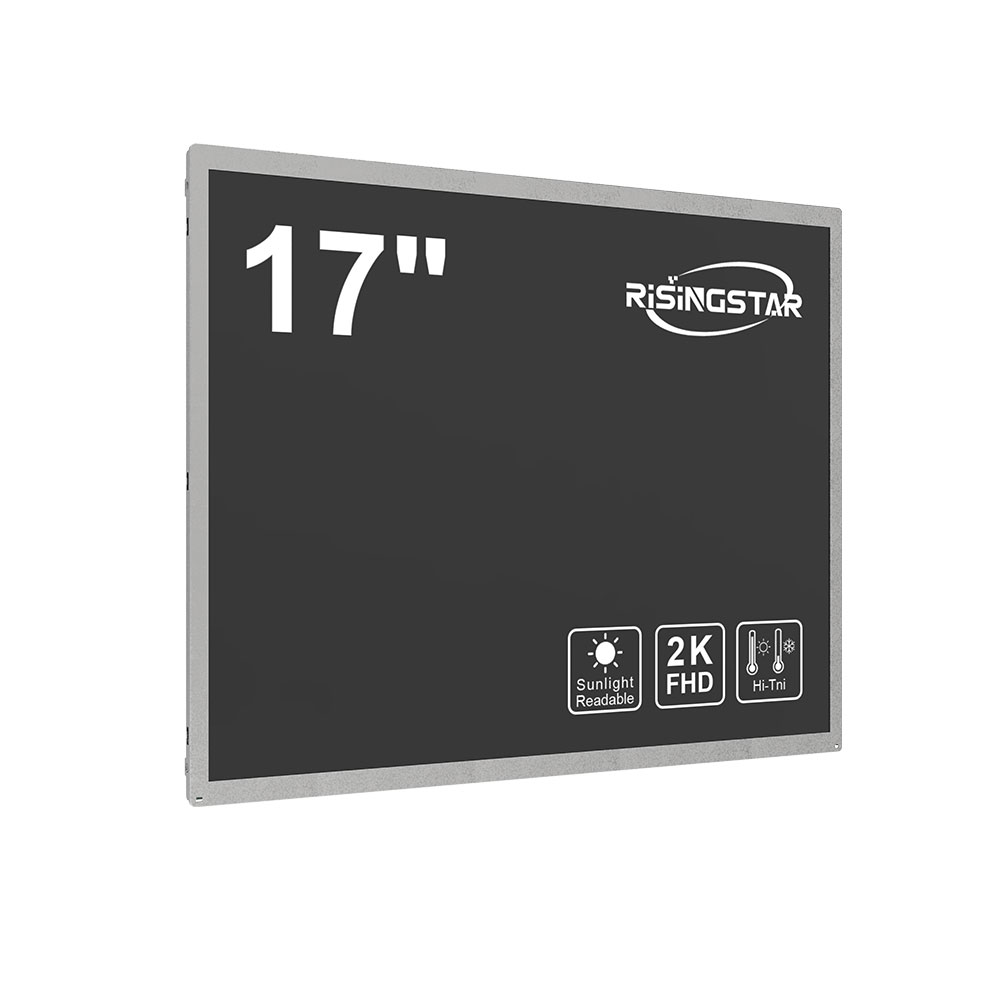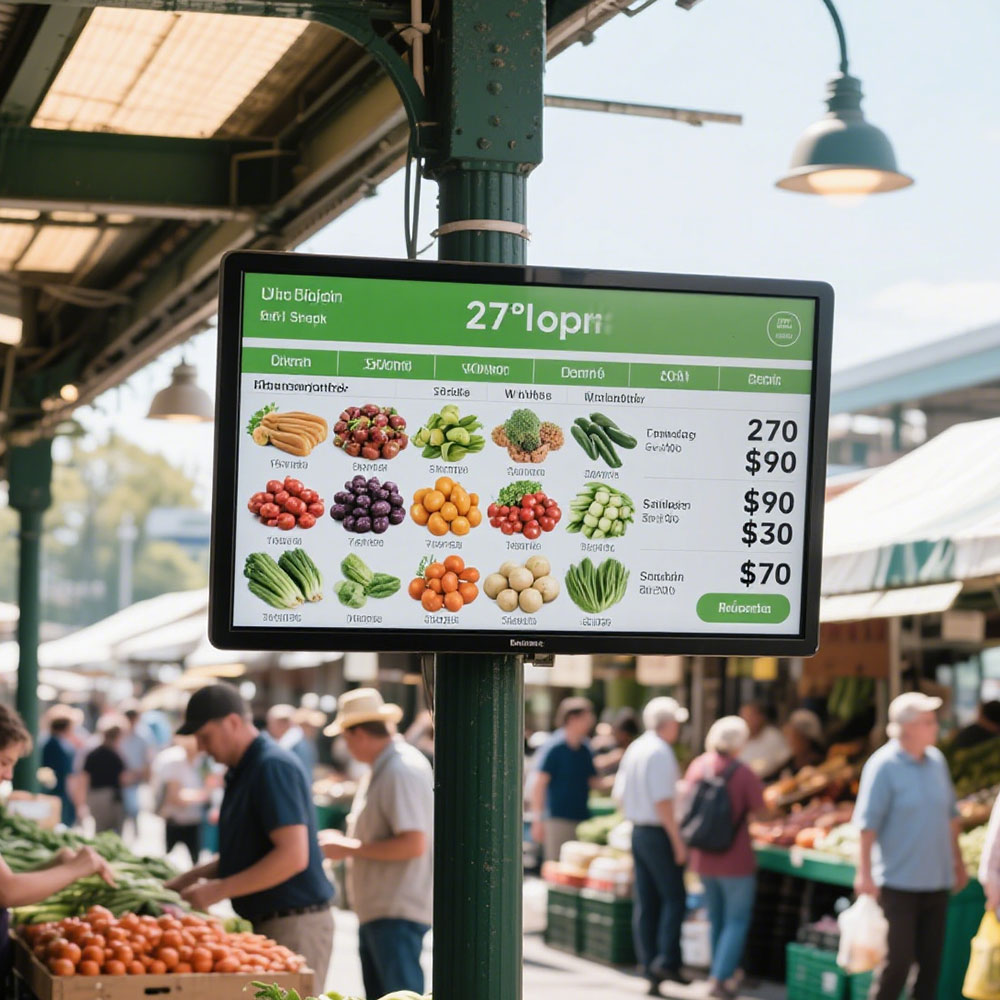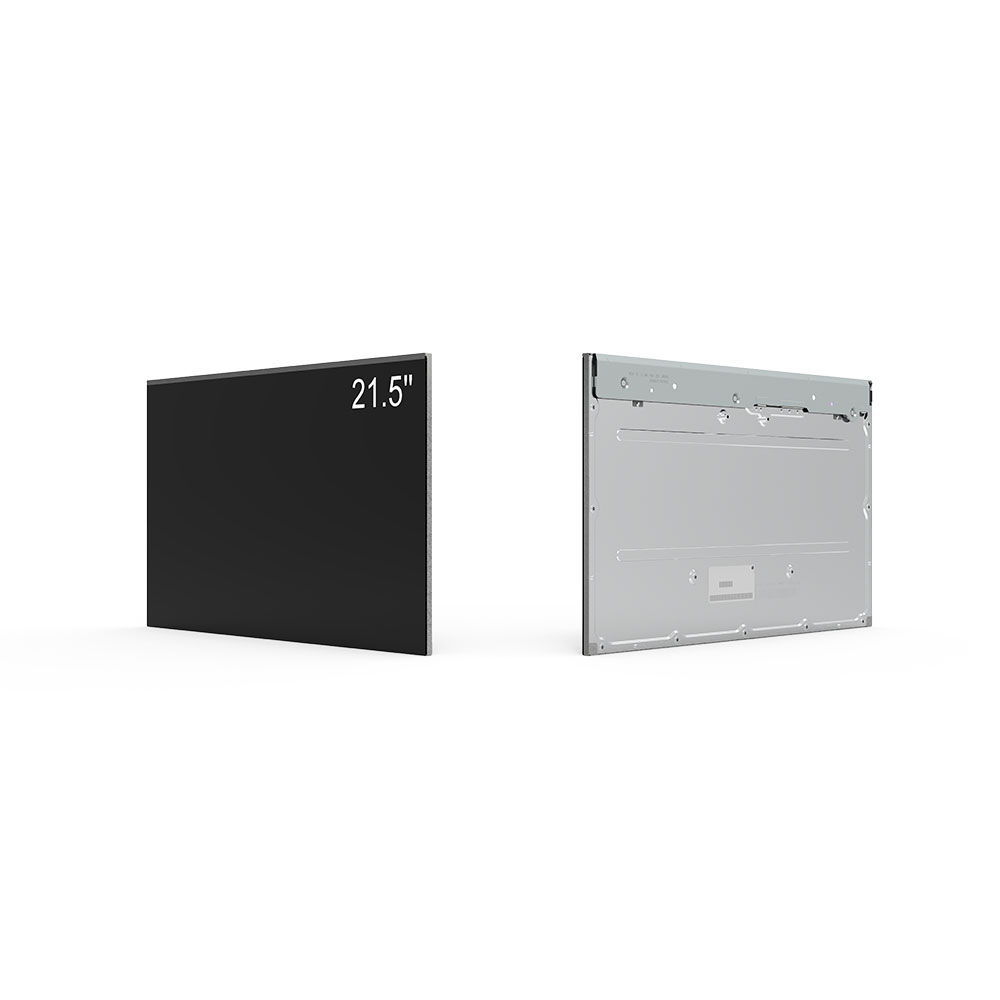When selecting an outdoor LCD screen for commercial, industrial, or public use, it’s critical to prioritize both visibility under diverse lighting conditions and long-term durability against environmental stressors. Unlike indoor displays, outdoor screens must withstand extreme temperatures, humidity, UV exposure, and physical impacts—factors that directly affect performance and lifespan.
First, consider brightness. For optimal readability in direct sunlight, a minimum of 5,000 nits is recommended by industry standards such as those from the Society of Motion Picture and Television Engineers (SMPTE). Some high-end models exceed 10,000 nits, especially for applications like digital billboards in urban environments. Brightness should be paired with wide viewing angles—ideally 178° horizontally and vertically—to ensure clarity from multiple perspectives.

Next, examine the display’s environmental protection rating. IP65 or higher is essential for dust resistance and water spray protection, while IK10-rated enclosures offer impact resistance against vandalism or accidental damage. These ratings are standardized by IEC (International Electrotechnical Commission) and must be verified during procurement.

Thermal management is another key factor. Outdoor screens often operate in ambient temperatures ranging from -30°C to +60°C. Efficient heat dissipation mechanisms—such as passive cooling systems or intelligent fan control—are crucial to prevent overheating and maintain consistent image quality. In hot climates, active cooling may be necessary to avoid premature failure.
Additionally, power efficiency matters for both operational costs and sustainability. LED-backlit panels typically consume less energy than CCFL alternatives and have longer lifespans. Look for Energy Star certification or similar compliance to ensure eco-friendly operation.
Finally, consider content management capabilities. A robust remote monitoring system allows real-time diagnostics, firmware updates, and dynamic content scheduling—vital for managing multiple units across different locations. Integration with cloud-based platforms like BrightSign or Xibo enhances scalability and ease of maintenance.

Case studies from cities like Singapore and Dubai show that combining high-brightness panels with smart thermal regulation has reduced maintenance costs by up to 40% over five years. These real-world results underscore that thoughtful design—not just raw specs—is what drives ROI in outdoor display deployments.
In summary, choosing the right outdoor LCD screen involves balancing brightness, environmental resilience, thermal performance, energy efficiency, and smart management features. Always consult manufacturer datasheets, third-party test reports, and field performance data before finalizing your selection.







